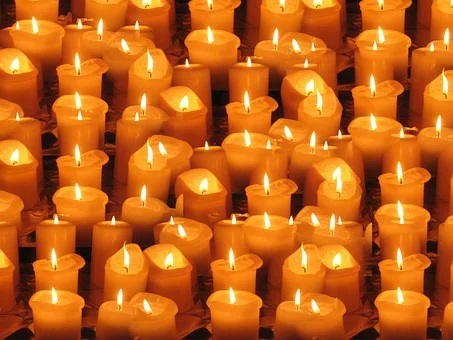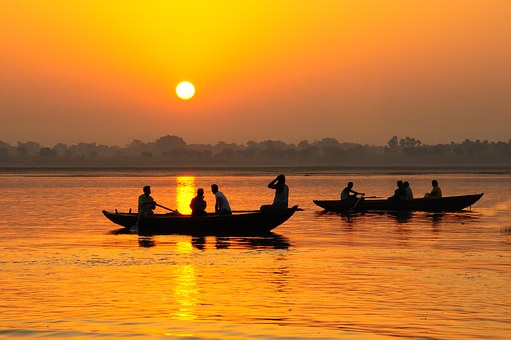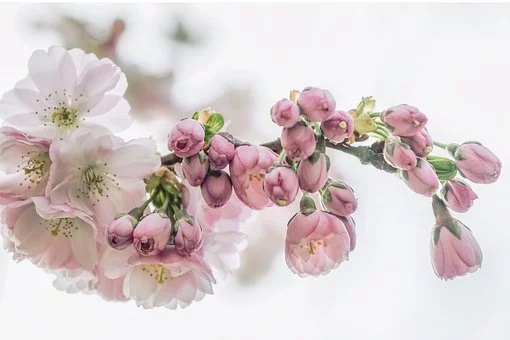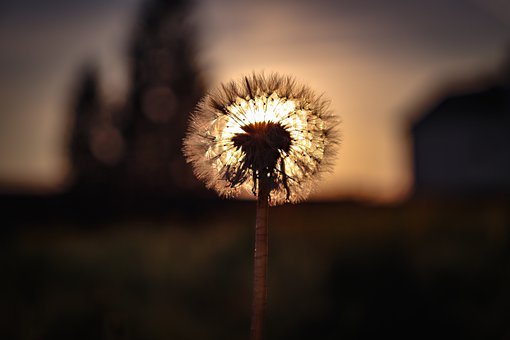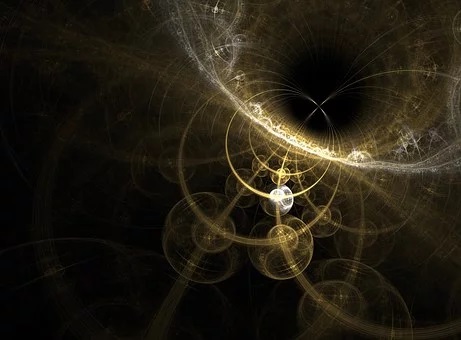A person’s body, speech, mind, and activity make up the whole person. Likewise, a buddha’s body, speech, wisdom, and activities to free sentient beings from suffering encompass all the qualities of the buddha. Not only tantra but sutra also acknowledges that ultimately the body of a sentient being can be the body of the buddha, the words of sentient beings can become the words of the buddha, the defiled minds of sentient beings the wisdom of the buddha, and the activities of sentient beings the buddha’s activities to deliver all to liberation, but sutra offers no specific method to make such a transformation. On the other hand, many skillful means are available in tantra to free sentient beings from suffering. Through the four yogas which are unique to Vajrayana, the body, speech, mind, and activities of sentient beings can be transformed into that of the buddha.
~Depicted from GATEWAY TO VAJRAYANA PATH - The Generation Stage




